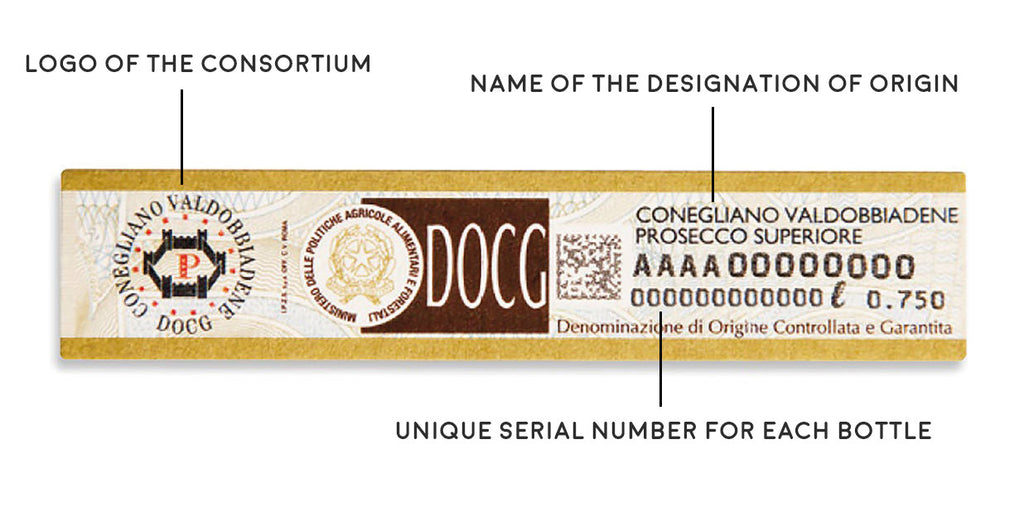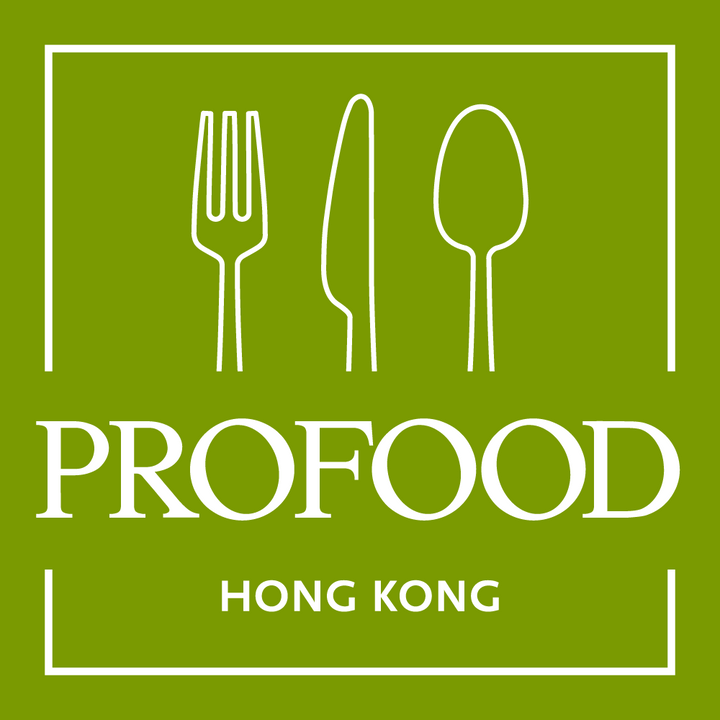
Parlez-vous vin? Ask any wine buff and they’ll tell you that there’s so much more to wine appreciation than simply knowing your red from your rosé. In this article, we’ll be decoding labels and giving you more information on biodynamic and organic wine certification, meaning all you need to worry about is which bottle to uncork. Cheers!
Let’s take it from the top; you should be able to discern quite a lot of information about a wine on first glance, simply by checking over its label. Basic information that you should look for includes:

Estate or producer: this is the wine’s “brand” and gives you information about its origins. If a label describes a wine as being “estate grown”, this means that the entire process, from picking to bottling, took place on the producer’s property, using grapes grown on their own land.
Region: where in the world your wine was made. These are often designated regions, particularly in France and Italy.
Year: also known as a wine’s vintage, this date refers to the year of grape harvest and can have a huge impact on both quality and price. If you’re splashing out on a special bottle, it’s worth spending a little time to read up on a particular estate’s best vintages to ensure that you’re getting the top tipple for your cash. Not all bottles display a year – this may sometimes indicate a lower quality wine; however many good quality sparkling wines are made from a blend of grapes, and as such may be labelled as “NV”, or non-vintage.
Alcohol volume: described as “ABV”, this indicates the alcohol by volume, or alcohol percentage of your wine. Anywhere between 12-15% is usual for most varieties.
Grape varietal: quite simply, the type of grape used to make your wine, for example, Cabernet Sauvignon, Chardonnay or Pinot Noir. If a wine is made from a blend of grapes, this will often be further broken down by percentage of each varietal used.
Protected Origin: so you have the basic information about your wine, but what about the other, less obvious terminology? Throughout the world, designated regions have been established where a particular variety of wine grows, easily enabling buyers to ensure that the product that they are purchasing is the real deal in terms of quality and authenticity.
The best-known example of this is champagne, which may only be grown in its namesake region in north-eastern France – rendering the common menu description of “French champagne” unnecessary! Unless the bottle of bubbly was made within this specified region, it cannot be described as champagne, and will instead be listed a “methode traditionnelle” sparkling wine (which may, in fact taste every bit as good as the bottle of bubbly produced just up the road).

In France, this area designation is known as an Appellation of Controlled Origin, or AOC; in Italy, the rare Denominazione di Origine Controllata Garantita (DOCG) and more commonly allocated Denominazione di Origine Controllata (DOC).

The Italians also have a third category, the Indicazione Geografica Tipica (IGT), which is designed to accommodate wine growers who are unable to meet the incredibly rigorous geographical restrictions of the first two categories, but are still producing superior wines. Other wine-producing countries, such as Spain and the USA have their own protected origin labelling, so look out for this as shorthand that you are buying a quality wine.
In these more health-conscious times, we now have even more information to look for on our labels than ever before. Biodynamic and organic wines are increasingly popular, but what are the key differences between them?

Biodynamic: refers to wine produced from organically grown grapes, without the use of sulphites as a preservative or other common practices such as adding yeast or balancing sugar during fermentation. The term is currently unregulated in most countries, with producers voluntarily subscribing to certification where available.
Organic: refers to wines produced from organically grown grapes, that is, without harmful pesticides or soil additives. While the use of sulphites is permitted in preserving organic wines, this is typically at a much lower level than in conventional production. Organically grown yeasts are permitted, and vineyards are closely monitored in order to achieve and maintain their organic certification.
So, as you can see, with just a little background research, the world of wine is yours to uncork with confidence. Saluti!

Kate Farr is a co-founding writer and editor at Editors' Ink HK, a blogger at Accidental Tai-Tai and a mum to two little boys. With a husband who's an enthusiastic amateur cook and two young sons with big appetites to feed, mealtimes play a central role in Kate's home life. Motto: "Diet? What diet?' Follow her on Instagram.
Comments will be approved before showing up.
It’s the most wonderful time of the year… if you love all things indulgent, that is! Christmas time is all about treating yourself and your loved ones, and we think that the way to...
A delicate and light appetiser with beautiful flavour combinations - the sweetness of the carrots, the juiciness of the tomatoes, and the texture...
Anchovies are a much-loved staple for many different reasons – for one, they add an instant punch of umami to the very plainest of dishes. However, I love...
Sign up to get the latest on sales, new releases and more …
